Review key facts, bulleted text, essential images and current references.
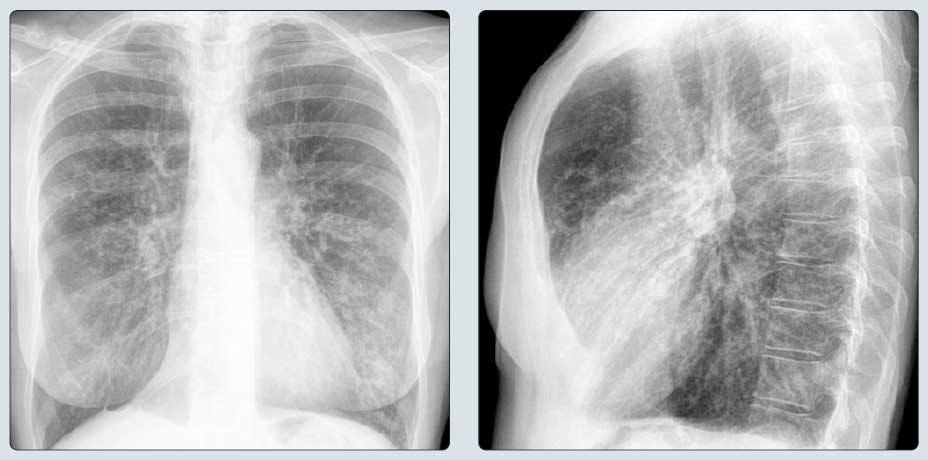

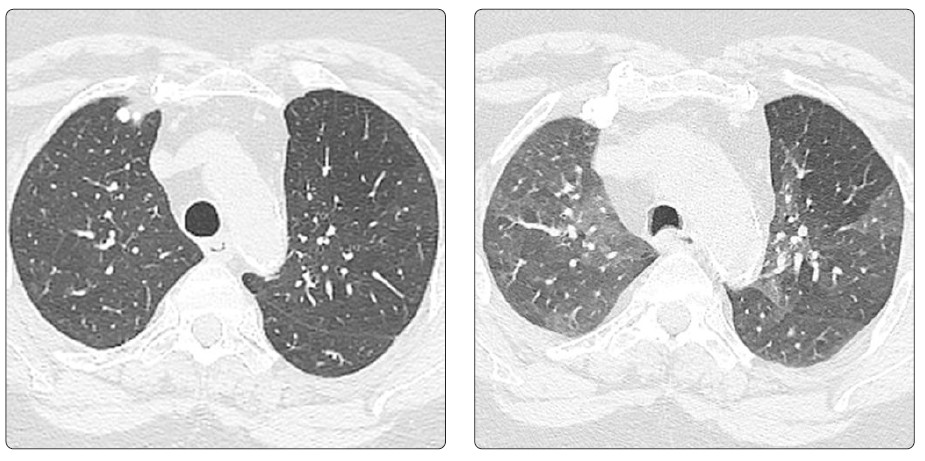
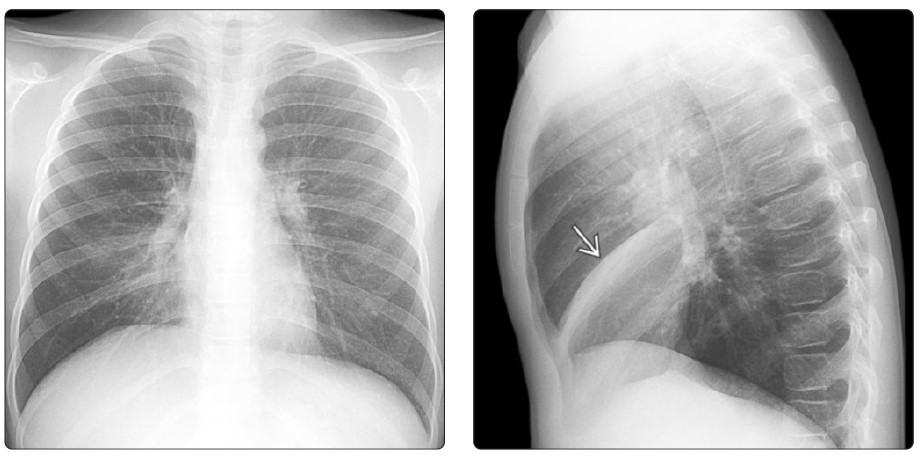
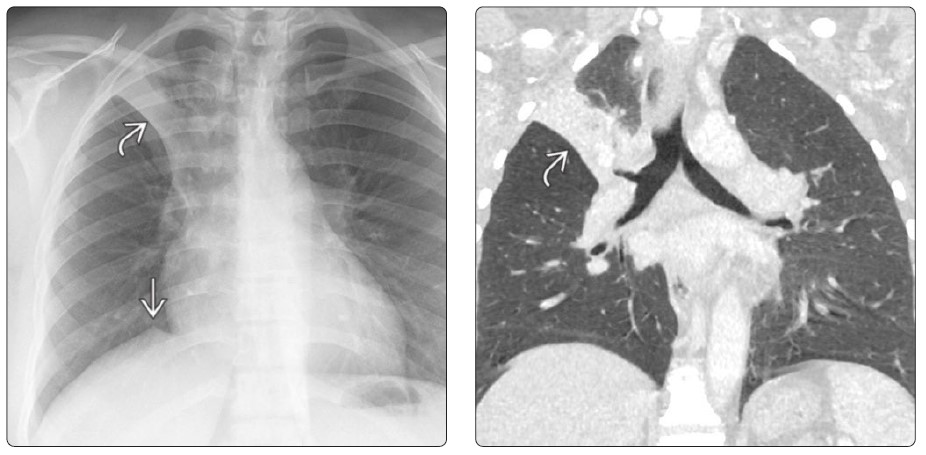

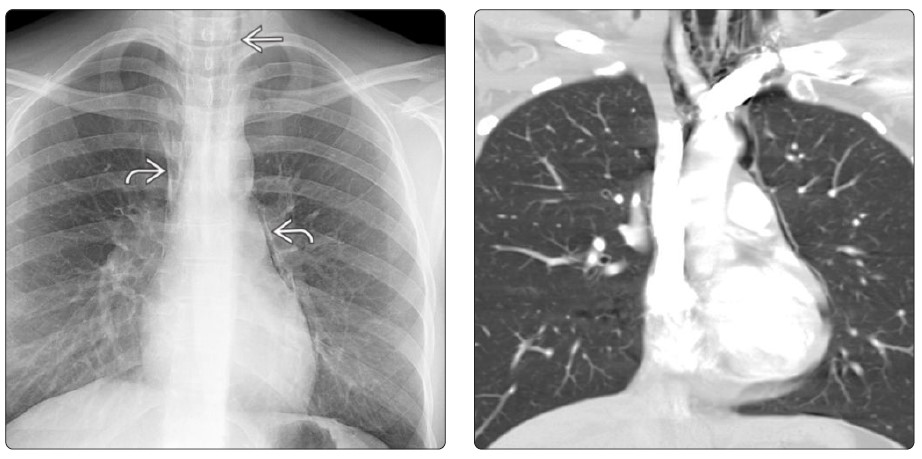
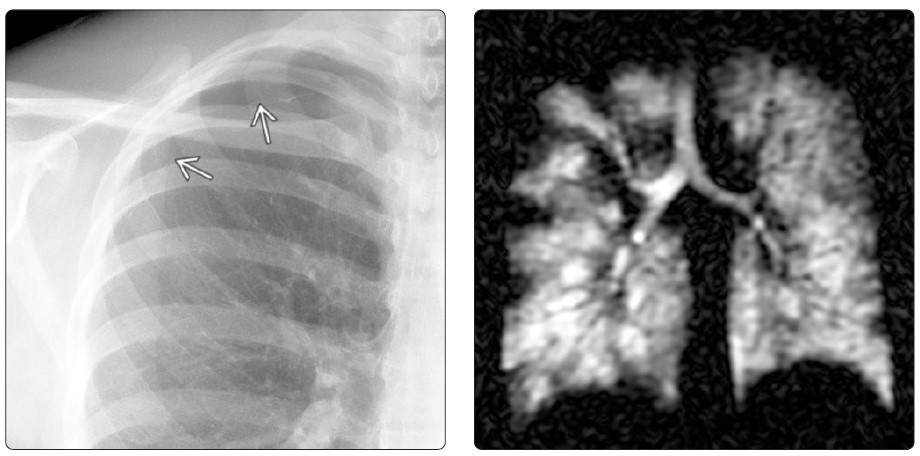
Commercial reuse of this material not permitted. Any educational reuse of these images or pdfs must include the following: Courtesy [insert author names], copyright Elsevier, 2021, reused with permission.
Cookies are used by this site. To decline or learn more, visit our cookie notice.
Copyright © 2025 Elsevier, its licensors, and contributors. All rights are reserved, including those for text and data mining, AI training, and similar technologies.